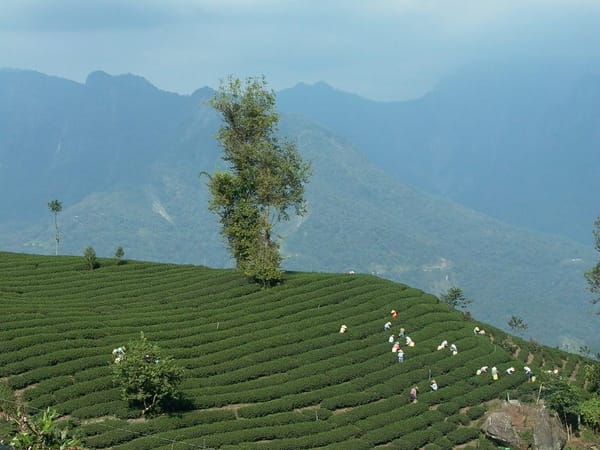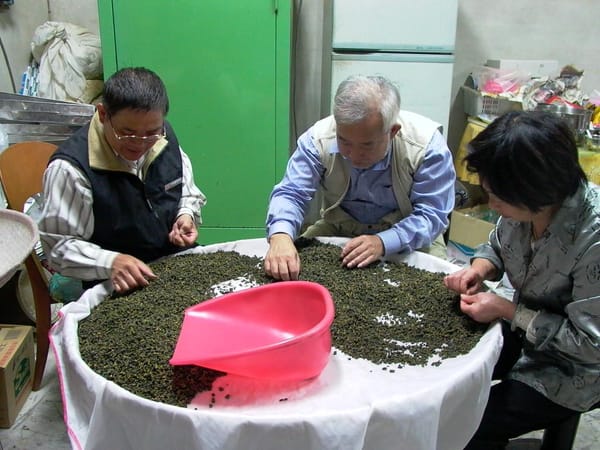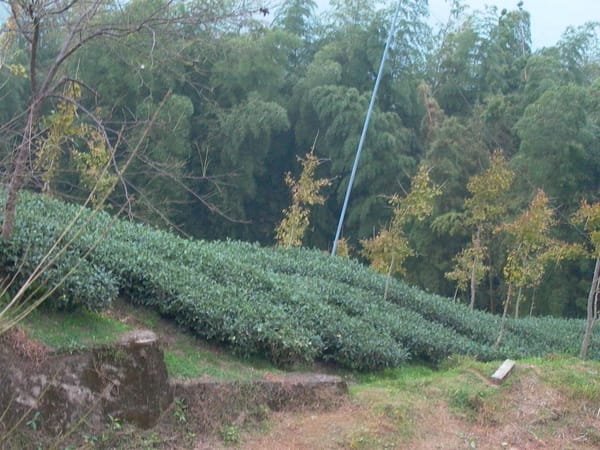Have you ever wondered why the same tea can taste completely different depending on how it's stored? A bag of premium tea, if not properly preserved, can quickly lose its fragrance and flavor—or worse, develop mold and spoil. Tea preservation is not just about sealing it tightly—it requires precise control of temperature, humidity, and storage conditions.
How tea is stored directly impacts the final tasting experience. Understanding how tea reacts under various environmental factors and mastering scientific storage techniques not only extends shelf life but can also enhance the tea’s quality through proper aging, much like cellaring wine.
Let’s dive into the science behind tea storage, from temperature and humidity regulation to packaging strategies and environmental maintenance, so you can preserve your tea like a true professional.
Temperature: The Guardian of Tea Quality
Temperature is one of the most critical factors in tea preservation. Tea contains numerous chemical compounds that react differently under varying temperatures. The ideal storage temperature ranges between 15–25°C, which helps maintain freshness while minimizing oxidation.
High temperatures accelerate oxidation. When tea is exposed to heat above 30°C, key compounds like polyphenols and vitamin C degrade rapidly. This leads to dull color, fading aroma, and weaker flavor—especially during summer without proper cooling measures.
Cold storage (0–5°C) is particularly effective for green teas, helping retain their fresh taste and vibrant color. However, teas removed from the fridge should be brought to room temperature before opening to prevent condensation.
Temperature consistency is crucial. Frequent fluctuations degrade quality, so avoid storing tea near heat sources or in direct sunlight. A cool, shaded, and ventilated environment is best.
Humidity: The Art of Balance
Humidity is another critical factor. The optimal relative humidity for tea storage is 50–60%. This range keeps the tea from drying out while also preventing mold.
High humidity risks mold growth. If humidity exceeds 70%, tea can absorb moisture from the air, creating a breeding ground for bacteria and fungi—leading to spoilage and potential health risks.
Low humidity issues include excessive drying, which causes aroma loss and makes leaves brittle. Below 40% RH, tea can lose its natural moisture, affecting both flavor and texture.
Humidity control methods include using silica gel desiccants, dehumidifiers, or humidifiers as needed. Silica packets are common but must be replaced or recharged regularly.
Seasonal changes require adjustments. For example, rainy seasons call for stronger dehumidification, while heated indoor air in winter may require light humidification.
Packaging: Choosing Materials Wisely
Packaging directly impacts how well tea is preserved. Airtight sealing is top priority. Oxygen and moisture are enemies of freshness. Aluminum foil and vacuum-sealed bags are excellent choices.
Controlled breathability is essential for teas that require aging, like raw Pu-erh. These teas benefit from materials like bamboo leaves or cotton paper that allow slight air exchange while protecting from external contaminants.
Light protection is vital. UV rays degrade tea pigments and aromatics. Choose opaque containers like tin canisters or dark-colored glass jars to shield against light damage.
Material safety is equally important. Use only food-grade packaging to prevent chemical migration. Avoid packaging with strong odors that may be absorbed by the tea.
Portioning into smaller packs helps preserve freshness. Rather than opening a large bag repeatedly, divide tea into single-use packets to reduce exposure to air.
Environmental Management: A Holistic Approach
A proper storage environment involves multiple considerations. Location matters—avoid kitchens, bathrooms, or sunny areas. The ideal storage space is dry, cool, and well-ventilated.
Odor isolation is critical. Tea easily absorbs nearby smells, so keep it away from perfume, mothballs, or detergents.
Routine inspections help detect problems early. Regularly check appearance, aroma, and texture. Inspect seals and packaging integrity.
Cleanliness is essential. Dust and debris should be removed frequently. Containers must be cleaned and fully dried before use.
Pest control is a must. Use insect repellents cautiously and avoid direct contact with the tea. Keep the space tidy and eliminate food scraps that attract pests.
Tea-Specific Storage Strategies
Different teas require different methods due to their fermentation levels and properties.
- Green tea: Best stored cold with minimal light exposure. Use airtight containers and avoid repeated opening. Consume within one year for optimal taste.
- Black tea: More stable. Room temperature and good sealing are sufficient, though light and moisture should still be avoided. Can be stored 2–3 years.
- Oolong tea: Needs tailored care. Lightly oxidized types resemble green tea and should be refrigerated; heavily oxidized ones are stable at room temperature. Airtight storage is crucial.
- Pu-erh tea: Unique in that it ages over time. Raw Pu-erh requires breathable storage with good air circulation; ripe Pu-erh needs dry, sealed conditions. Avoid odor contamination.
- White tea: Similar to green tea, but it improves with aging. Store sealed, but allow occasional air exposure for gentle aging.
By mastering the science of tea storage, you can protect your investment and let your tea express its fullest character over time. Remember: tea preservation is not just a technique—it’s a tribute to the value and heritage of tea culture.





